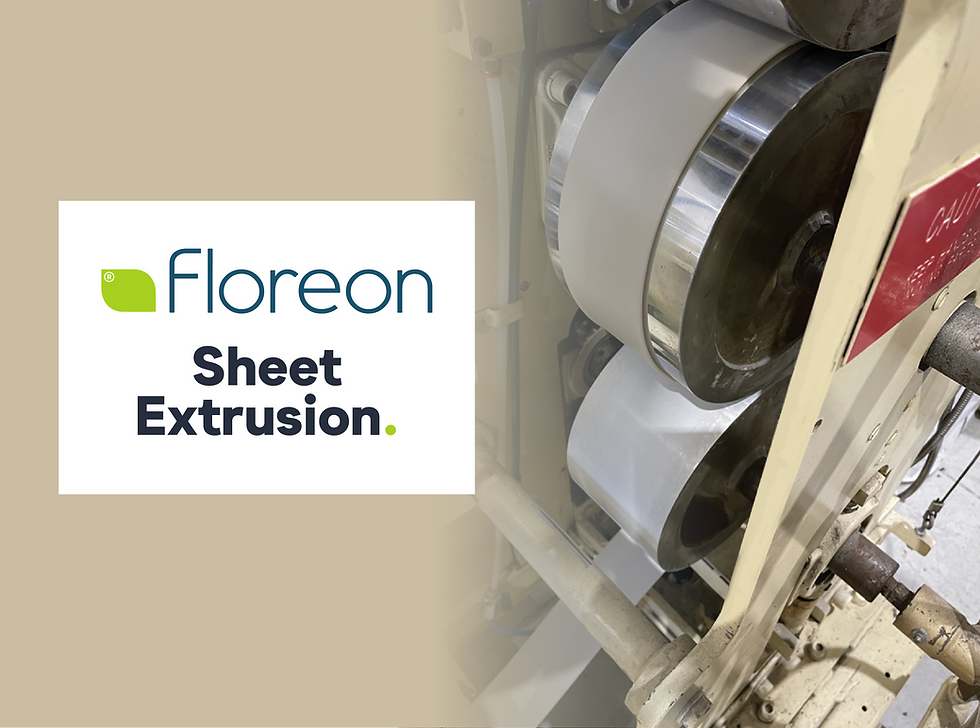Can we make hair dryers greener?
- Alison Evans

- Jun 29, 2021
- 2 min read
A staple which some of us use every single day. Every house has one. But how bad for the environment are they? Are they villainous at all?

The United Kingdom Hair Styling Tools Market is projected to register a CAGR of 4.62% during 2020 to 2025. This includes: hair dryers, hair curlers, hair straighteners; it's a huge market. Men have turned into active consumers in recent years, partly explaining the projected growth. With the rising trend of men using hair straighteners, there is an opportunity to design appliances specifically for the young male consumers who use them most.
But amongst this noise, what consideration has been given to sustainability?
Think of your hair dryer now, how much of that contraption is plastic? Oil-based plastic? Of course, you could argue that hair dryers are designed to last. They are a product which we use for possibly years before it inevitably breaks and we buy a new one. It's not single-use plastic, and that's the real enemy here, right?
There is an argument for that, sure. Yet, when it comes to the planet we rely on, surely we can't become complacent? There is a better way of doing almost everything if we look hard enough. Whilst for a durable use, hair dryers are still draining oil as a non-renewable resource and where will that leave us?
We know our bioplastic works for durable uses, even in electric devices. To make hair dryers out of plastic made from plants could definitely be a step forward. The major players in the UK are Proctor & Gamble, Conair, Spectrum, Dyson and Panasonic. These would be the brands we would expect to set an example.
Bioplastics may not be the answer for everything, but for every problem, there is a solution.



Comments